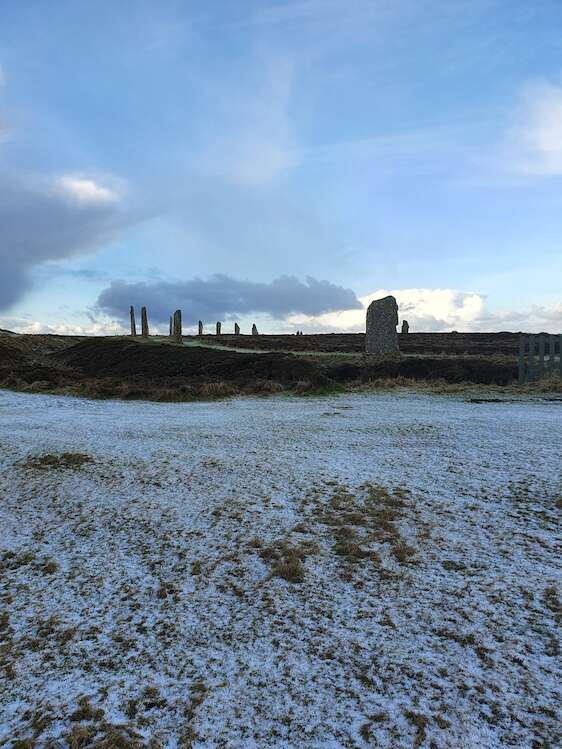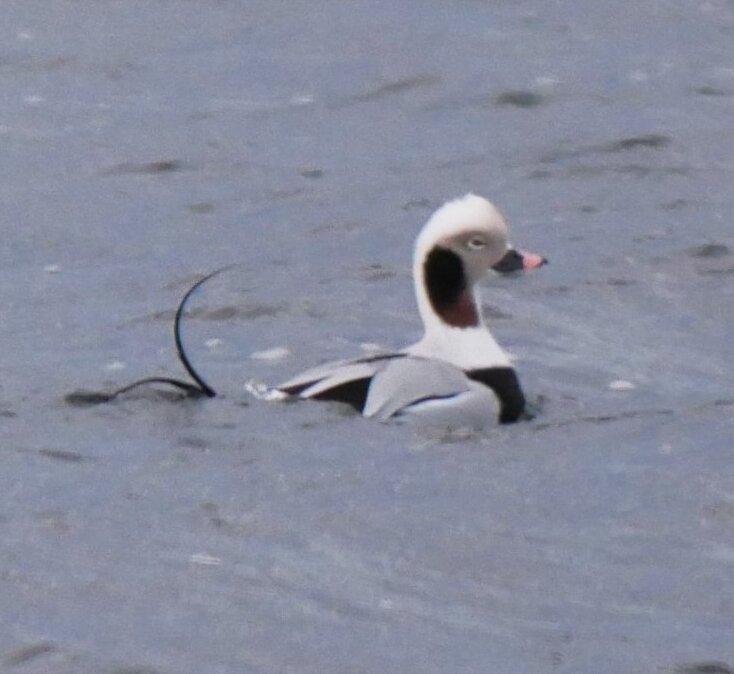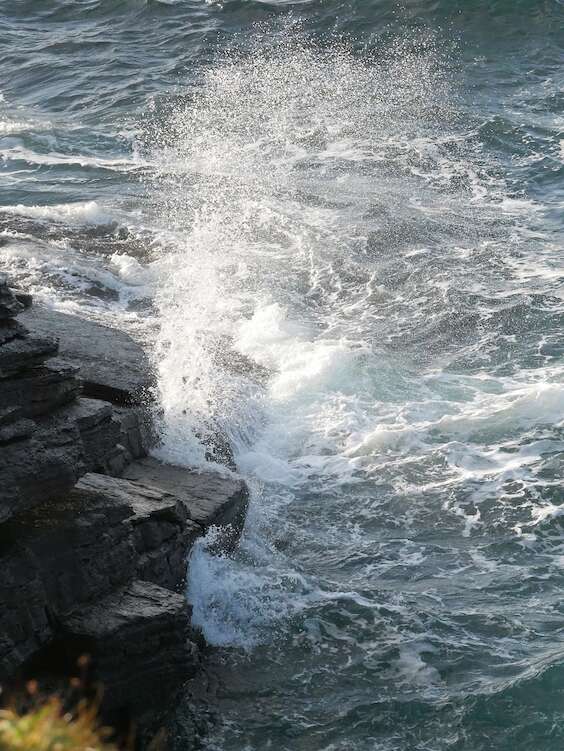Stoat Snippet 97
Join the team and be one of the first stoat detection dog handlers in the UK
Do you work with dogs? Would you like to help protect Orkney’s native wildlife? We are looking for an experienced dog handler and trainer, ideally with detection dog experience and an interest in conservation. Hurry though, as the closing date is 9 February 2021. For further information or to apply, please check out the online job application page.
Trap network nearly finished
Considering the unforeseen circumstances presented by the pandemic, the project is progressing well, and our team is following government guidance to finish deploying the eradication trap network across Orkney Mainland in a Covid-secure way. They have been out battling the elements so, as of 15 January 2021, our hardy trap team has placed around 5,500 traps across Orkney Mainland. Around 900 stoats have been caught and we are looking forward to announcing the milestone of 1,000 trapped stoats, and the network being fully in place across Orkney Mainland. Watch this space!
It is an outstanding effort to catch up after the restrictions placed by the lockdowns in the last year - especially with the wind, snow, and storms of the season. Holly Peek, ONWP Education Officer, reflects on what this season means to her as her first Orkney winter. Read her thoughts below.
This season’s changes to Orkney’s native wildlife
Winter on Orkney is very different from the rest of the UK. There doesn’t seem to be a gradual change from summer to winter – it just appears out of the blue with no warning from autumn. Maybe this is due to minimal tree coverage on Orkney. We don’t have a canopy of oranges, reds, yellows, and browns like those of the Cairngorms. What Orkney does have, I would say, is much more magical.

Ring of Brodgar at winter

On Orkney, we must look a little closer to our seas, skies and wildlife to notice seasonal changes. These islands are home to some internationally important species, species which elsewhere in the UK are suffering dramatic losses. One prime example of this is the majestic hen harrier, previously found throughout the UK its current range on the mainland is restricted to less than 470 breeding pairs. Orkney is home to roughly 20% of the UK’s breeding hen harrier population, which is absolutely astounding for such a small group of isles. From autumn the hen harriers change their behaviours, starting to use communal roosts. Orkney is home to one of the largest hen harrier roosts in the UK, situated at RSPB Scotland Birsay Moors. This is one of only a handful of sites in the UK where you can see 10, sometimes more, hen harriers at one time!
Autumn also brings changes to the types and amounts of duck species you will see. Pintails, long-tailed ducks, wigeons, teals, shovelers, goldeneyes and scaups can now regularly be seen all over our isles, with numbers peaking throughout the winter. The Peedie Sea in Kirkwall, although small, holds a vast variety of these species throughout autumn and winter. If you prefer somewhere a bit quieter and remote to observe the migrating and resident ducks and geese, the RSPB Scotland The Loons nature reserve is an ideal place for spotting these winter visitors. It is home to 12% of the national breeding population of pintails, again an incredible statistic for our little island!
Although we don’t have an autumnal canopy to rival that of woodlands on the Scottish mainland, you can still see those golden colours on Orkney. The moorlands are covered with a glorious mixture of rich golds, purples, oranges even pinks, all of which are enhanced by the characteristic golden sunlight we see at this time of year. RSPB Scotland Hobbister is an excellent example of this and when you take a walk through the golden moorland you will eventually arrive at glorious Waulkmill bay.
Keep an eye out for hen harriers, curlews, short-eared owls, red grouse, twites and peregrine falcons around the moorland, with distant views of skuas and gannets at the coast. If it’s a clear day you may also get lucky with a whale or dolphin sighting. Harbour porpoises are common along this stretch of coastline with minke whales and orca making special appearances. 
It’s much colder, damper, and stormier now, but don’t fret! The dark skies open the opportunity to see green, purple, and red sky ‘merry dancers’ in the form of the aurora borealis or, as you may know it, the northern lights. Although not common, it is possible to see this beautiful spectacle thanks to Orkney’s dark skies – weather permitting! A quick search on Facebook or your App store will provide groups and apps dedicated to informing people when there are favourable conditions for aurora, so make sure you don’t miss out!
If you aren’t a fan of the shorter days, the damper days, the stormier seas don’t worry, try to see them this year in a different light. After all the stormy seas are a character of Orkney that are all part of a year cycle to sustain Orkney’s fantastically unique habitats and native wildlife.
They are also incredibly beautiful, don’t take the beauty and necessity of autumn and winter for granted because before we know it cuckoos will be calling, hares will be boxing and hen harriers will be dancing to the tune of spring – yet another season to be in awe of and not long to go now.
Photos copyright of Holly Peek
